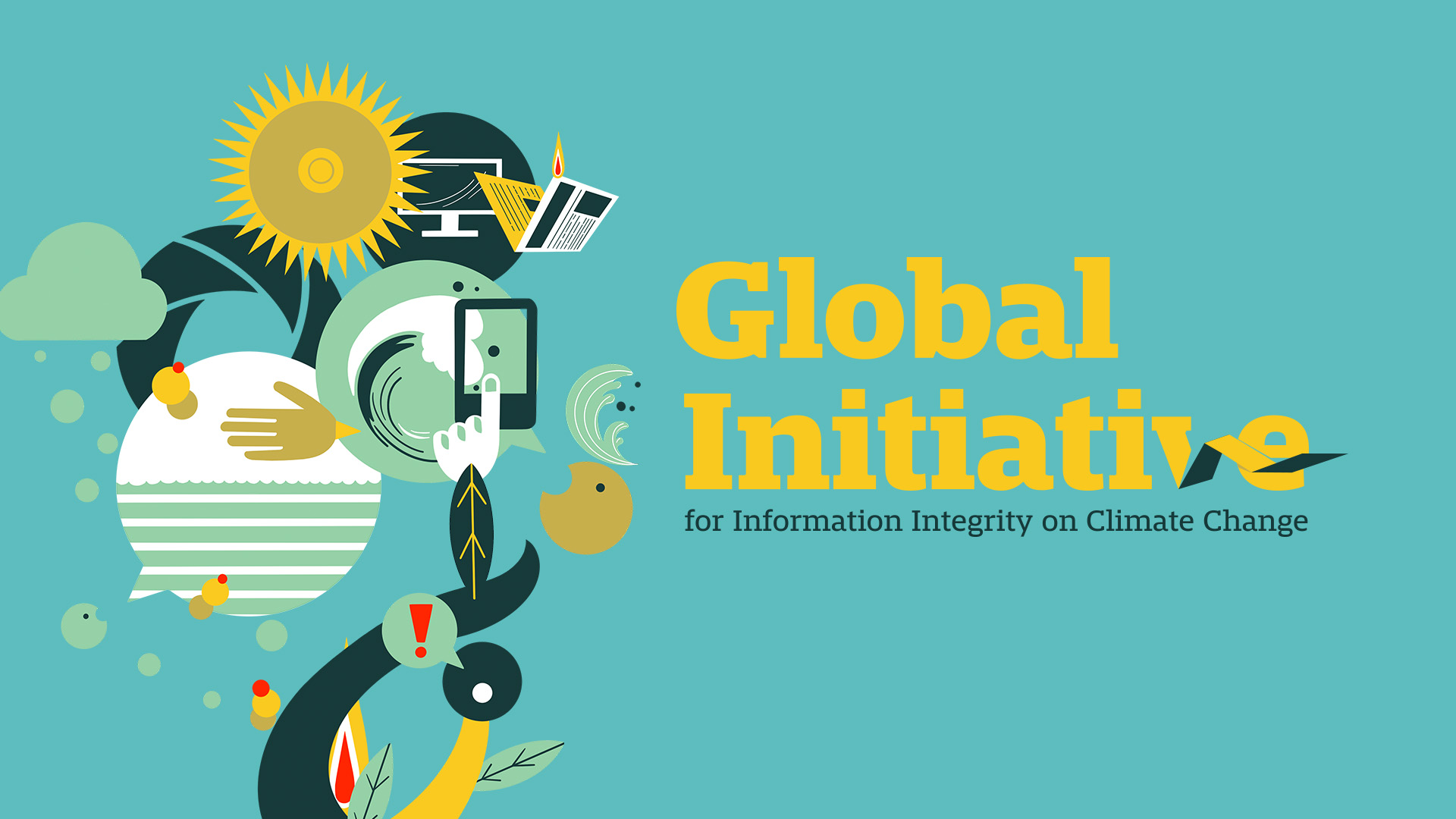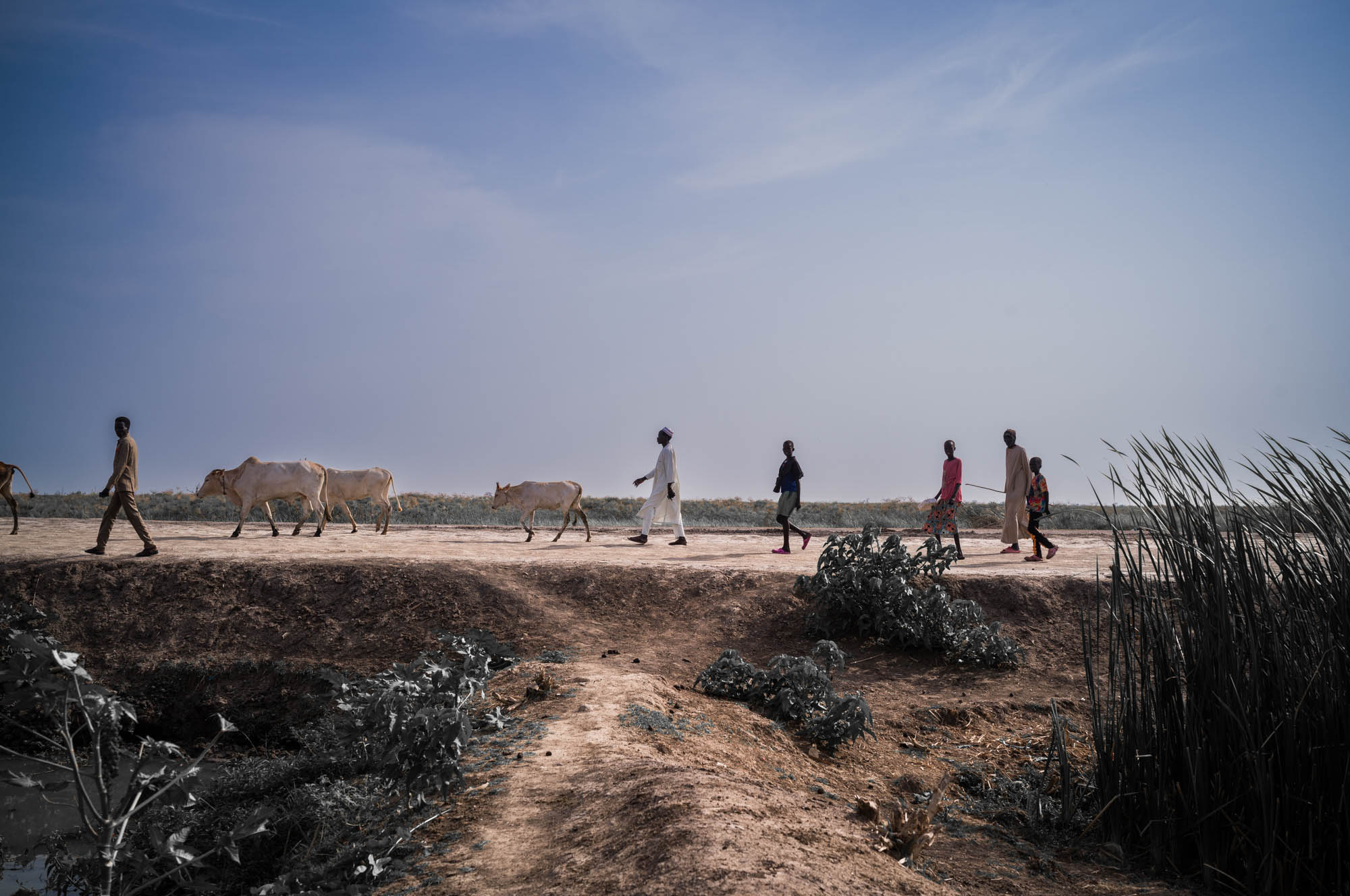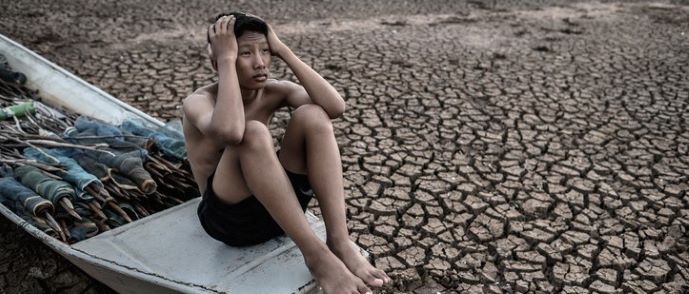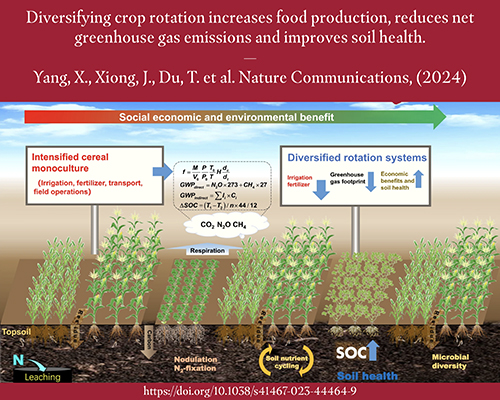Report on Water Management, Climate Change, and the Sustainable Development Goals
1.0 Introduction: High-Level Side Event on Water and Climate
A side event titled “Water Management within Climate Informed Decision making to Support UNFCCC and SDGs” was convened at the SDG Pavilion. The event was organized by the United Nations Department of Economic and Social Affairs (UN DESA) in collaboration with UNESCO, UNECE, and WMO. The primary objective was to foster expert and policymaker dialogue to accelerate action on the Paris Agreement and the 2030 Agenda for Sustainable Development, with a specific focus on the intersection of water and climate change.
2.0 The Water-Climate Nexus and its Impact on the SDGs
The critical relationship between climate change and water resources forms a core challenge to the achievement of the Sustainable Development Goals (SDGs). Effective water management is fundamental to climate change adaptation and resilience.
- SDG 6 (Clean Water and Sanitation): Climate impacts directly threaten water security. An estimated 40% of the world’s population is affected by water scarcity. Furthermore, intensified flooding events risk destroying water points and sanitation facilities, contaminating water sources and reversing progress on SDG 6.
- SDG 13 (Climate Action): Over 90% of climate-related disasters manifest through water, including catastrophic flooding and droughts. Addressing water management is therefore an indispensable component of any effective strategy for climate action and adaptation.
- SDG 11 (Sustainable Cities and Communities): Water-related disasters pose a significant threat to human settlements, infrastructure, and community resilience, directly impacting the targets of SDG 11.
3.0 United Nations Initiatives for Integrated Action
The United Nations has established key frameworks to address the water crisis in the context of sustainable development and climate change.
- The International Decade for Action – “Water for Sustainable Development” (2018-2028): Proclaimed by UN Member States, this decade aims to intensify focus on the sustainable development and integrated management of water resources, directly supporting the implementation of SDG 6 and related goals. UN DESA is mandated to facilitate activities and support stakeholders throughout the Decade.
- United Nations Policy Brief on Climate Change and Water: This recently launched brief underscores the necessity of an integrated approach. It calls for national and regional climate policy and planning to systematically incorporate water management considerations.
4.0 Policy Recommendations and Conclusion
The event concluded with a strong call for coordinated policy implementation. To achieve a climate-resilient and sustainable future in line with the 2030 Agenda, it is imperative that climate policies address water management across all relevant sectors.
- Policymakers are urged to find and implement solutions that manage climate and water in a coordinated, sustainable manner.
- An integrated approach is essential to support the mutually reinforcing goals of the Paris Agreement and the Sustainable Development Goals.
- Collaborative efforts among Member States, UN agencies, and all stakeholders are required to advance global water and climate action.
1. Which SDGs are addressed or connected to the issues highlighted in the article?
The article primarily addresses issues related to the following Sustainable Development Goals (SDGs):
-
SDG 6: Clean Water and Sanitation
This is the central theme of the article. The text explicitly discusses the “International Decade for Action – Water for Sustainable Development,” the need for “integrated management of water resources,” the problem of “water scarcity,” and the threat of contamination to “water sources” and destruction of “sanitation facilities.”
-
SDG 13: Climate Action
The article directly links water management to climate change, stating that “we have increasingly felt the impacts of climate change through water.” It calls for accelerating action on the “Paris Agreement on climate change” and integrating water management into “climate informed decision making” to build “climate change adaptation and resilience.”
-
SDG 11: Sustainable Cities and Communities
The article connects water and climate issues to disasters that affect human settlements. It mentions that “More than 90 percent of disasters are water-related, including flooding and drought” and that these events “threaten to destroy water points and sanitation facilities,” which are critical infrastructure for communities.
2. What specific targets under those SDGs can be identified based on the article’s content?
Based on the article’s discussion, the following specific targets can be identified:
-
Under SDG 6 (Clean Water and Sanitation):
- Target 6.4: By 2030, substantially increase water-use efficiency across all sectors and ensure sustainable withdrawals and supply of freshwater to address water scarcity and substantially reduce the number of people suffering from water scarcity. This is directly referenced when the article states, “Forty percent of the world’s people are affected by water scarcity.”
- Target 6.5: By 2030, implement integrated water resources management at all levels, including through transboundary cooperation as appropriate. The article emphasizes this target by mentioning the goal of the Water Action Decade is to enable “a greater focus on sustainable development and the integrated management of water resources.”
- Target 6.3: By 2030, improve water quality by reducing pollution, eliminating dumping and minimizing release of hazardous chemicals and materials, halving the proportion of untreated wastewater and substantially increasing recycling and safe reuse globally. This is implied when the article warns that “intensified flooding threaten to… contaminate our water sources.”
-
Under SDG 13 (Climate Action):
- Target 13.1: Strengthen resilience and adaptive capacity to climate-related hazards and natural disasters in all countries. The article highlights this by stating, “Water management plays therefore an important role in climate change adaptation and resilience” and calls for policies to ensure a “climate-resilient and sustainable future for all.”
- Target 13.2: Integrate climate change measures into national policies, strategies and planning. The article explicitly calls for this when it states, “national and regional climate policy and planning must take an integrated approach to climate change and water management.”
-
Under SDG 11 (Sustainable Cities and Communities):
- Target 11.5: By 2030, significantly reduce the number of deaths and the number of people affected and substantially decrease the direct economic losses relative to global gross domestic product caused by disasters, including water-related disasters… This is relevant as the article opens by stating, “More than 90 percent of disasters are water-related, including flooding and drought.”
3. Are there any indicators mentioned or implied in the article that can be used to measure progress towards the identified targets?
The article does not mention official SDG indicator codes, but it provides several qualitative and quantitative points that can serve as or relate to indicators for measuring progress:
- For Target 6.4 (Water Scarcity): The statistic “Forty percent of the world’s people are affected by water scarcity” is a direct measure of water stress, which aligns with Indicator 6.4.2: Level of water stress. Progress would be a reduction in this percentage.
- For Target 6.5 (Integrated Water Management): The call for “integrated management of water resources” and the existence of the “UN-Water Task Force on the Water Action Decade” imply that the degree of implementation of such management is a key indicator. This corresponds to Indicator 6.5.1: Degree of integrated water resources management.
- For Target 11.5 (Disaster Impact Reduction): The statement “More than 90 percent of disasters are water-related” is a statistic that provides context for measuring the impact of such disasters. Progress would be measured by a reduction in the number of people affected by these events, which relates to Indicator 11.5.1: Number of deaths, missing persons and directly affected persons attributed to disasters per 100,000 population.
- For Target 13.2 (Integration of Climate Policy): The recommendation that “national and regional climate policy and planning must take an integrated approach to climate change and water management” suggests an indicator. Progress can be measured by the number of countries that have developed and implemented such integrated policies, which aligns with Indicator 13.2.1: Number of countries that have communicated the establishment or operationalization of an integrated policy/strategy/plan which increases their ability to adapt to the adverse impacts of climate change.
4. Table of SDGs, Targets, and Indicators
| SDGs | Targets | Indicators (Mentioned or Implied in the Article) |
|---|---|---|
| SDG 6: Clean Water and Sanitation | 6.4: Address water scarcity. | The percentage of the world’s population affected by water scarcity (mentioned as “Forty percent”). |
| 6.5: Implement integrated water resources management. | The degree of focus on and implementation of “integrated management of water resources.” | |
| 6.3: Improve water quality. | The level of threat from contamination to “water sources” due to events like flooding. | |
| SDG 13: Climate Action | 13.1: Strengthen resilience and adaptive capacity to climate-related hazards. | The role of water management in achieving “climate change adaptation and resilience.” |
| 13.2: Integrate climate change measures into national policies. | The existence of an “integrated approach to climate change and water management” in national and regional policies. | |
| SDG 11: Sustainable Cities and Communities | 11.5: Reduce the number of people affected by disasters, including water-related disasters. | The proportion of disasters that are water-related (mentioned as “More than 90 percent”) and the number of people affected by them. |
Source: un.org







